Content
- 1 Paper wallpaper
- 2 Non-woven wallpaper
- 3 Vinyl wallpapers
Sticking wallpaper on the wall is often accompanied by the appearance of air bubbles between the wall and the canvas. Modern wallpapers are made from various materials, they have different density, weight and structure. Therefore, the methods of gluing them are very different.

Particular attention should always be paid to the quality of the walls. A smooth surface without cavities and bulges is required. This directly affects the formation of bubbles. Therefore, before starting work, you need to fix these shortcomings.
For different types of wallpaper, different blistering methods are applicable.
Paper wallpaper
The first option to remove air from under the wallpaper, in the process of applying it to the wall, is smooth peeling and re-smoothing with a cloth or soft roller with a gradual application of the canvas to the wall. Repeated application of glue is allowed if it has already dried up.

For the second option, after drying, you will need a clerical knife, a syringe and a little glue. The bubble is cut in the center, then a portion of glue is introduced with a syringe, and the paper is pressed against the wall with a soft cloth. Given that wet paper is malleable, this should be done carefully and leisurely. Paper wallpapers completely dry and stabilize in three days. After this time, it will be necessary to once again check the appearance of new air bubbles and repeat the previous steps.

Non-woven wallpaper
Under such wallpaper, the formation of blisters is a rather rare phenomenon, due to the properties of the materials from which they are made. But still this happens. The air removal technique is similar to the example described above. The same knife, syringe, cloth and some glue. But it will take less time and get better and faster.
Vinyl wallpapers
The bubbles that appear during the application of the canvas to the wall or immediately after completion are removed by extruding the bubble with a roller or spatula in the direction closest to the edge. This is carried out slowly and very carefully. If the glue has already dried, then you can get rid of the air under the wallpaper with a syringe. Bloating is pierced in the center, the air is sucked out as much as possible, then glue is supplied there and evenly distributed inside. It remains to press the wallpaper against the wall.

Methods for removing air bubbles are quite simple and do not require special tools and specific skills. Anyone who has independently decided to decorate their home with new colors will cope with this problem. A little patience and hard work.
-
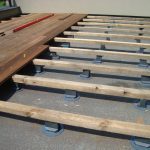 When an adjustable floor is more profitable than a capital screed
When an adjustable floor is more profitable than a capital screed
-
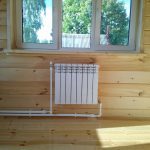 What mistakes are made when the radiator is connected diagonally?
What mistakes are made when the radiator is connected diagonally?
-
 What are the consequences of building a site without permission?
What are the consequences of building a site without permission?
-
 What errors lead to water hammer in the heating system and how to avoid them
What errors lead to water hammer in the heating system and how to avoid them
-
 Why does the grinder work, but the disk does not spin
Why does the grinder work, but the disk does not spin
-
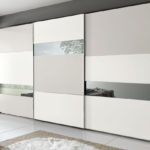 What could cause the cabinet door to bend
What could cause the cabinet door to bend
-
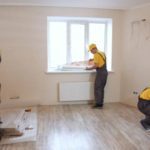 5 reasons to change the wizard without waiting for the repair to finish
5 reasons to change the wizard without waiting for the repair to finish
-
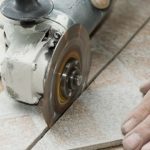 How to cut tiles without dust
How to cut tiles without dust
-
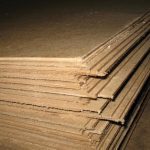 How to cut a fiberboard with a flat edge with a regular grinder
How to cut a fiberboard with a flat edge with a regular grinder
-
 Why you should not put aluminum radiators on central heating
Why you should not put aluminum radiators on central heating
-
 Why you can not allow for flaws in the installation of roof nodes from corrugated board
Why you can not allow for flaws in the installation of roof nodes from corrugated board
-
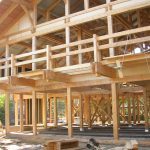 What boards can not be used for half-timbered
What boards can not be used for half-timbered
New publications are published daily on our channel in Yandex. Zen
Go to Yandex. Zen


